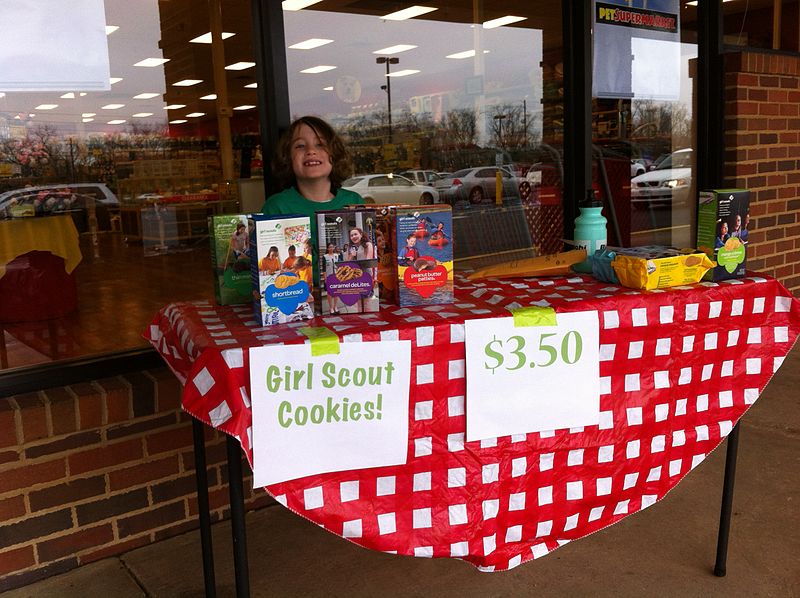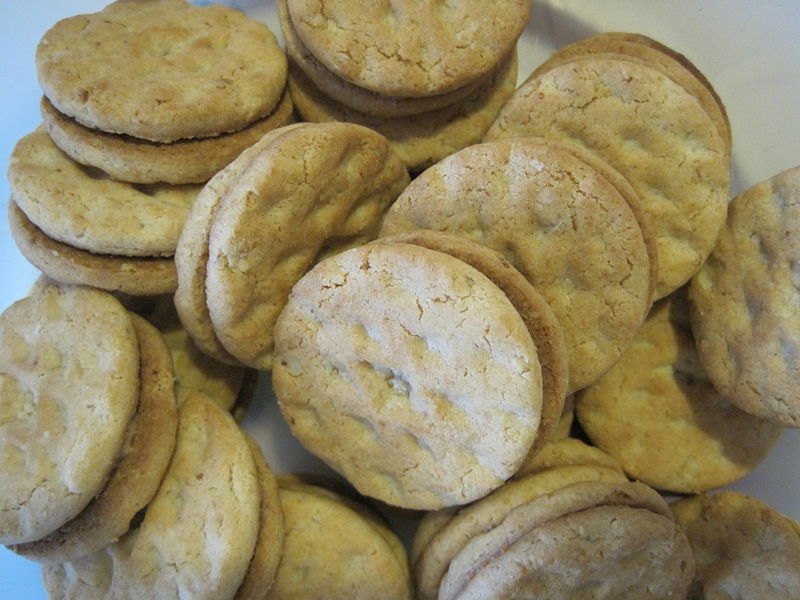
A topic that has mildly controversial, especially in recent years, is where all of the money from that box of Girl Scout cookies you bought goes to. Every council chooses the prices of the boxes and how the money is distributed individually, so if you want to know the breakdown of your specific council, I suggest you contact them directly.
So, in general, where does the money go? Well, about 25% goes to the baker, who uses it to pay their employees, cookie transport and for production costs. Keep in mind this money also goes into producing new types of cookies including the new gluten-free ones we are seeing this year.
Then, about 75% goes to the council to distribute. Most of that money stays with the council. This money goes to a lot of different things such as paying staff, paying for facilities, and camp renovations and repairs. This money also goes towards training volunteers, running council meetings and activities, and running summer camps.
And then troops get some money, usually anywhere from $0.40-$1.00 per box (depends on the council). The troops primarily use this money to fund their activities and service projects. Older girls are sometimes raising money to go on national or international trips. If you are buying cookies this year, but sure to ask the Girl Scout what they are raising money for, you might be pleasantly surprised!
So the controversy lies in how much money a troop will receive per box. While $1.00 per box isn't bad, $0.40 is pretty low and makes it hard for the troop to raise enough money for the year. If a girl sells 100 boxes, that's only $40 they've raised for the troop, which for a whole year isn't a lot (it's like $3.33 a month!). And 100 boxes is not as easy to sell as you may think. When I was an older scout I sold about 300 boxes a year (when I did sell), and I was busting my butt going to door to door and shivering in front of grocery stores in the middle of winter every weekend. Younger girls can't do that.
It is important to note here that some councils do offer the girls bonuses if they sell a lot of cookies. This is often in the form of bonus Girl Scout money that can be spent in the council shop or applied to the cost of council-run activities. This is not however the case in every council, but it is important to note here as that can be an important perk for the girls.
So, what can you do if you want that troop to keep more of the money? Make a direct donation to the troop! The scouts are not allowed to ask for direct donations, so you have to be the one to step up and contact the troop leader to donate or donate at a booth sale. If the donation is to the troop, all of the money stays with the troop.
Image Attribution: "Selling girl scout cookies" by Drmies - Own work. Licensed under CC BY-SA 3.0 via Wikimedia Commons - http://commons.wikimedia.org/wiki/File:Selling_girl_scout_cookies.JPG#mediaviewer/File:Selling_girl_scout_cookies.JPG




